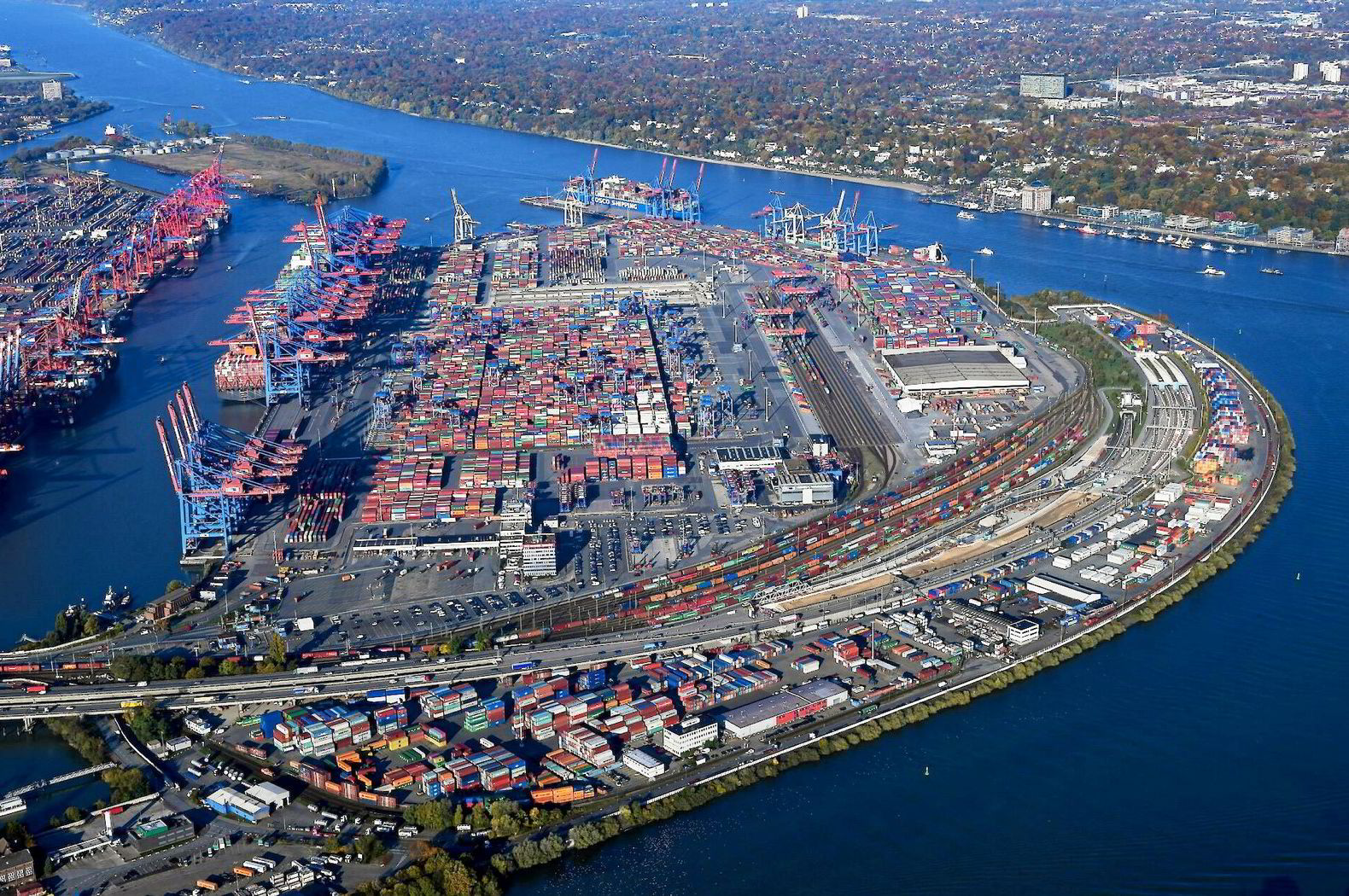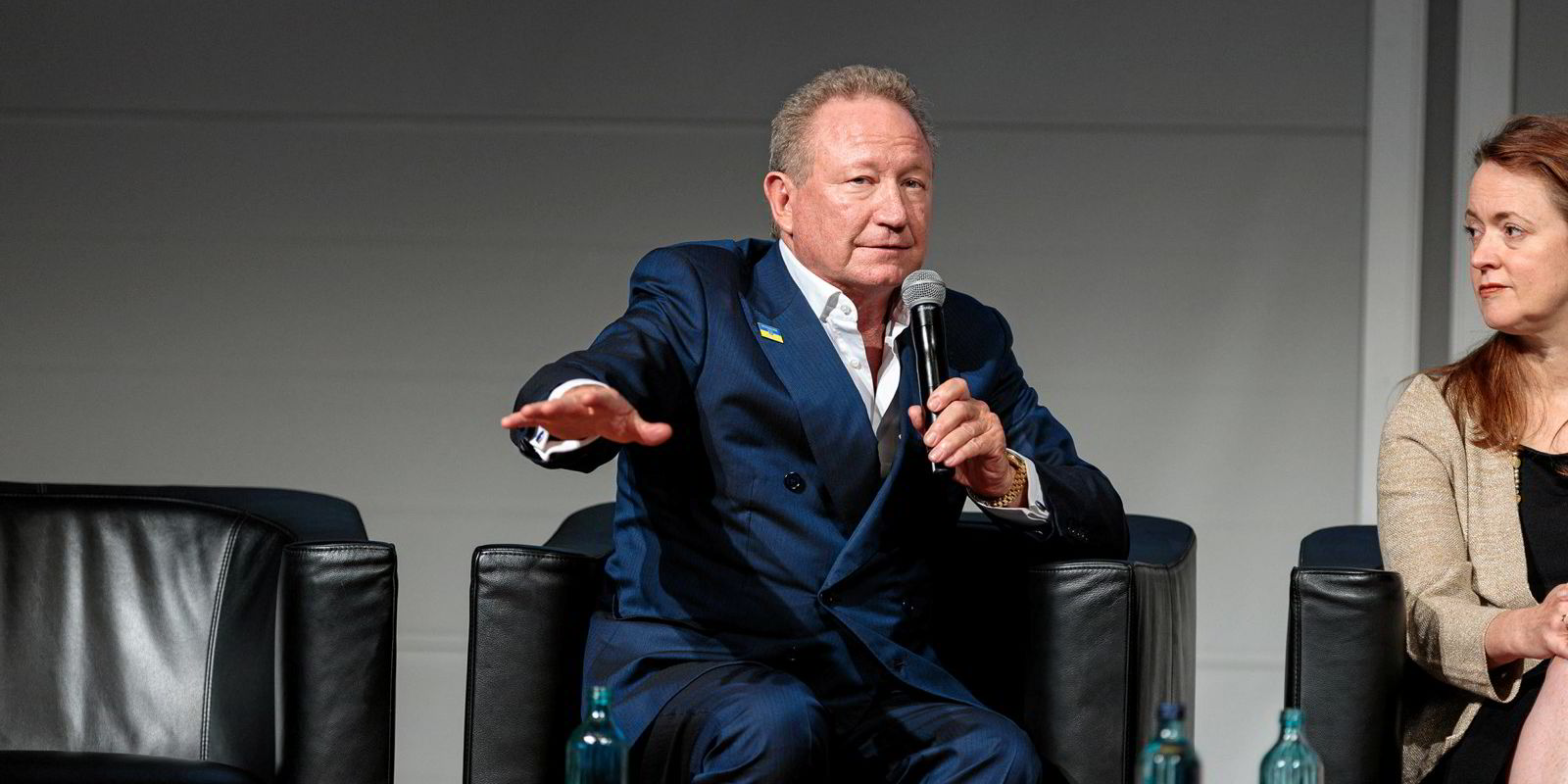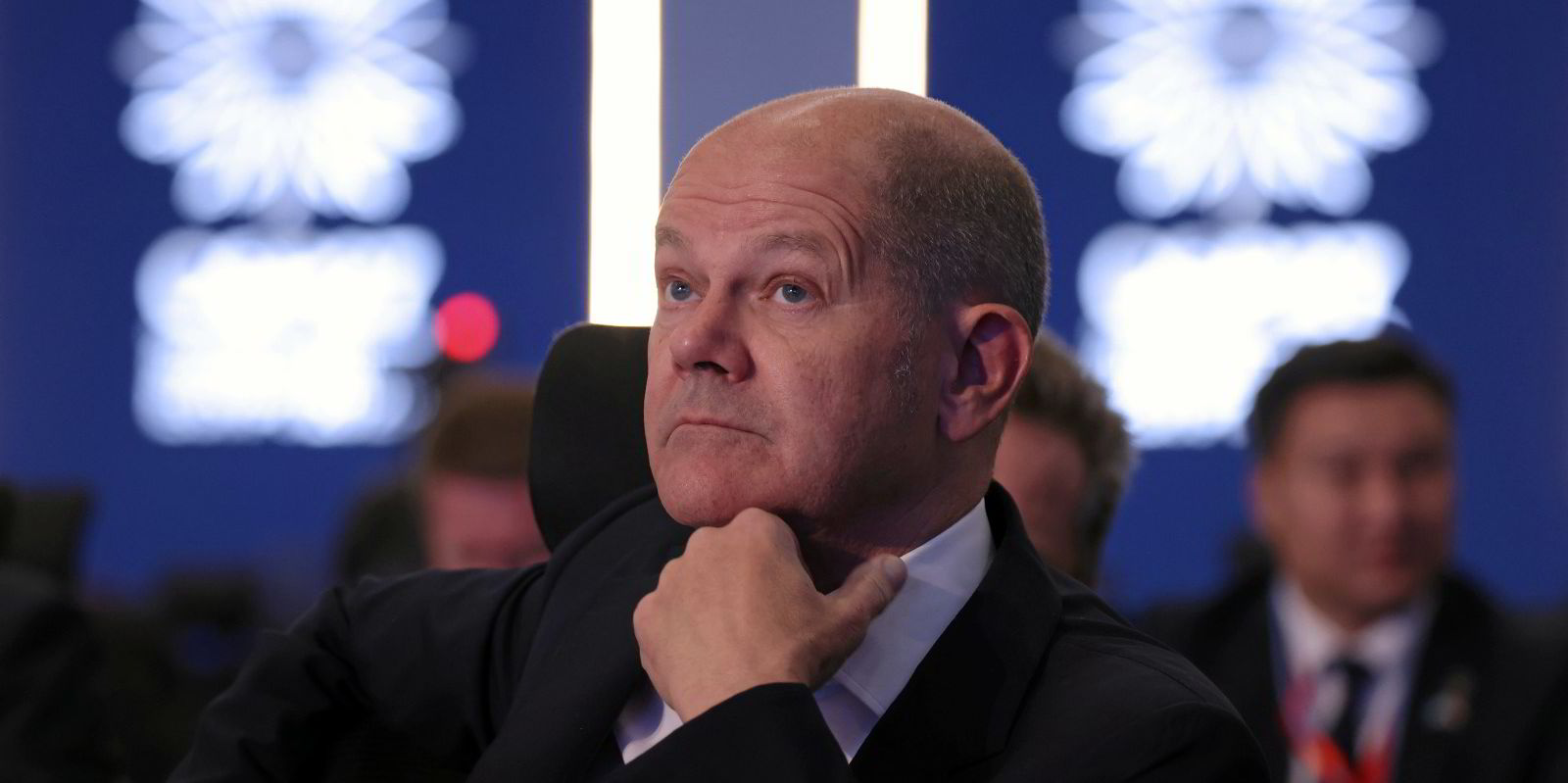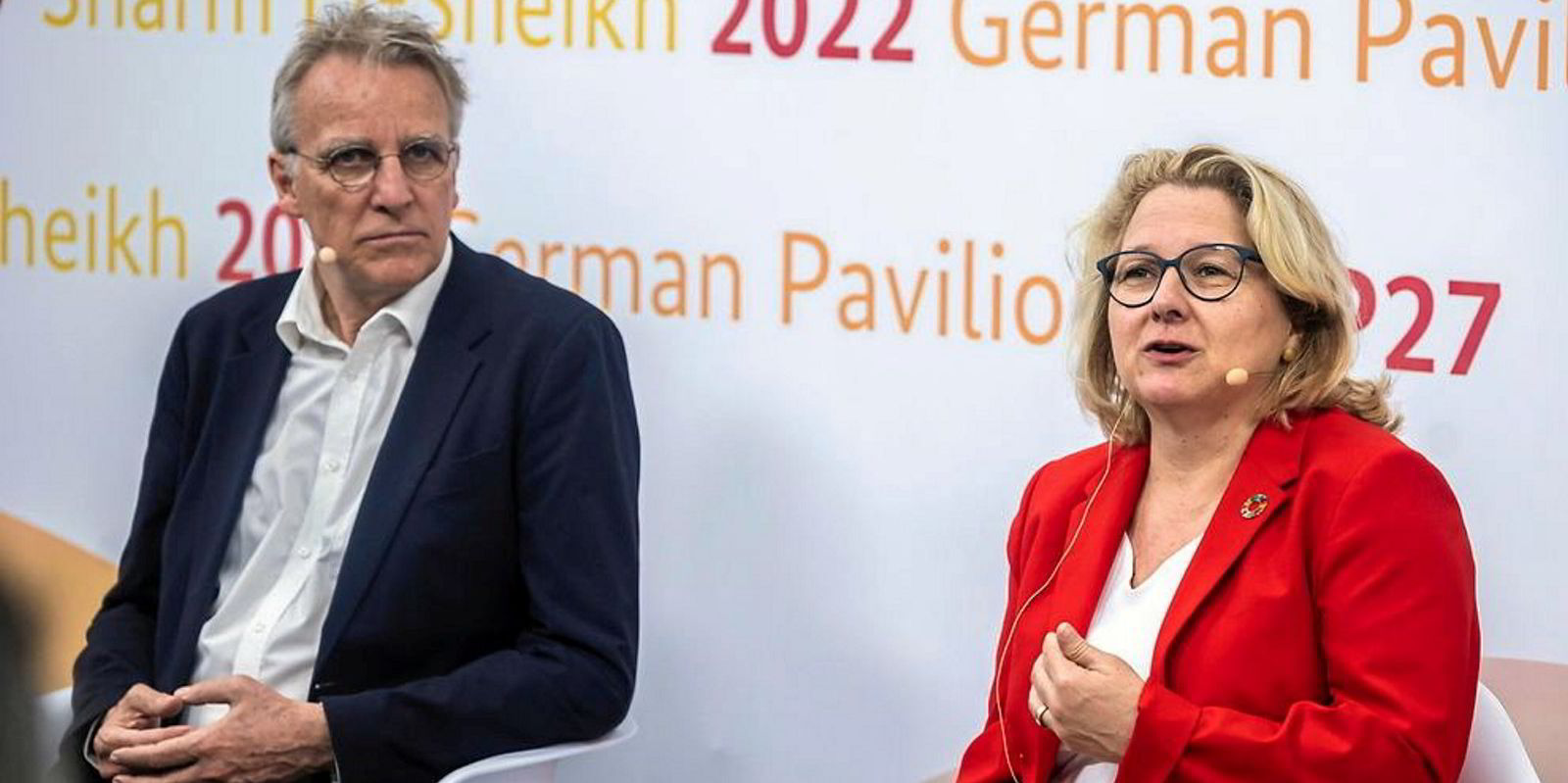US industrial gases company Air Products has unveiled plans to build a large-scale import terminal at the German port of Hamburg by 2026 to receive ships loaded with green ammonia, before converting the imported NH3 to hydrogen and selling the H2 across northern Germany.
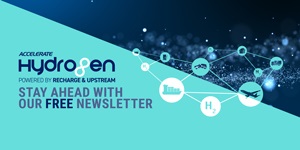
Air Products — which claims to be the world’s largest hydrogen producer — is partnering on the project with Oiltanking Deutschland, a subsidiary of the German oil trading company Mabanaft, which already owns an existing liquid-fuels terminal at the Port of Hamburg.
The joint development agreement announced on Thursday in Hamburg, at a ceremony attended by federal economic and climate minister Robert Habeck, is light on details such as how much money the partners would invest in the terminal, when a final investment decision is expected, and how much hydrogen the terminal could supply each year.
The decision to convert imported ammonia back to hydrogen is controversial. Multiple studies have shown that the increased cost and efficiency losses from the energy-intensive process to “crack” NH3 into its constituent parts — which requires a catalyst and high-temperature heat — would inevitably result in very expensive hydrogen. In fact, 15% of the energy contained in ammonia would be required for the cracking process.
This has led to arguments that it would better to use imported ammonia as ammonia, ideally replacing grey NH3 made from unabated natural gas.
“It is economically more efficient to ship hydrogen as ammonia. There is however a cost penalty at the destination in converting ammonia back to hydrogen,” said an international shipping study published earlier this week by the Tyndall Centre for Climate Change Research at the UK’s University of Manchester.
“Therefore, the best export markets for green hydrogen producers are likely to be those with direct uses of ammonia, such as in fertiliser manufacture — avoiding the need for reconversion.”
A press release about the Hamburg project called it “Germany’s first large-scale green energy import terminal”, but it may have to compete for that title with two other projects.
German utility Uniper is also planning a green ammonia import terminal — similarly equipped with an ammonia “cracker” — at the port of Wilhelmshaven, 125km to the west of Hamburg.
And Belgian developer Tree Energy Solutions (TES) is also planning to build a terminal in Wilhelmshaven, to import e-methane derived from green hydrogen and captured CO2, with the synthetic gas then cracked back into hydrogen — providing 300,000 tonnes of H2 a year from 2026.
Green hydrogen developer Fortescue Future Industries, owned by Australian iron-ore billionaire Andrew Forrest, last month invested €130m (€135m) in the TES project, which has already received priority status from the German government — primarily due to the fact that will initially import much-needed liquefied natural gas.
Although it is not yet clear which of these projects will eventually get the green light from the German government, it is clear that Germany is racing to reduce its reliance on Russian fossil fuels, and massively ramping up its efforts to secure green hydrogen imports.
“Now more than ever, we need to advance the hydrogen economy. To do this, we are setting up our own hydrogen production in Germany, but of course we also need hydrogen from imports,” Habeck said at the launch ceremony. “An accelerated energy transition with more speed in expanding renewable energies and ramping up green hydrogen are the right answers to the Russian aggression and the right answers to strengthen energy security, resilience and competitiveness.”
Last Wednesday, the country revealed that it would be boosting the funding for its H2Global subsidy scheme for hydrogen imports from €900m to $4bn. And this Wednesday, the federal government announced an extra €550m for two new green hydrogen funds, which would help close an important financing gap for developing countries.
The EU plans to import ten million tonnes of green hydrogen from outside of the bloc by 2030 as part of its REpowerEU scheme.
It was also announced last week that Air Products had netted C$475n ($357m) in federal and provincial funding for its planned $1.6bn blue hydrogen complex in Alberta, Canada.
